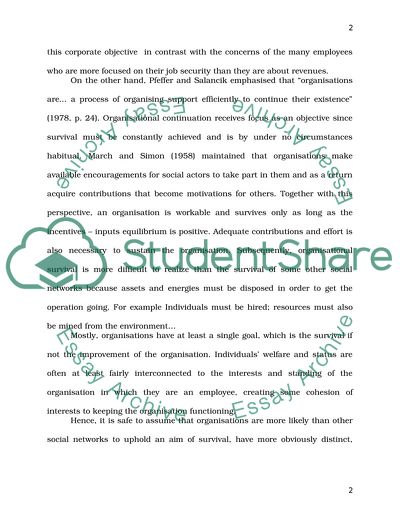Development of the Theory of Multidimensional Organization Coursework Example | Topics and Well Written Essays - 3000 words. https://studentshare.org/social-science/1718507-organisation-theory
Development of the Theory of Multidimensional Organization Coursework Example | Topics and Well Written Essays - 3000 Words. https://studentshare.org/social-science/1718507-organisation-theory.


